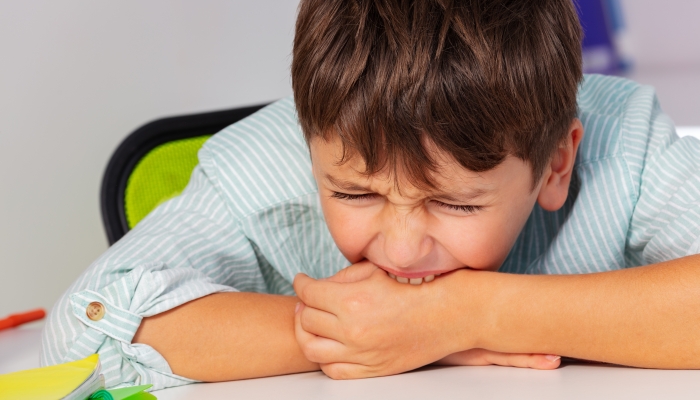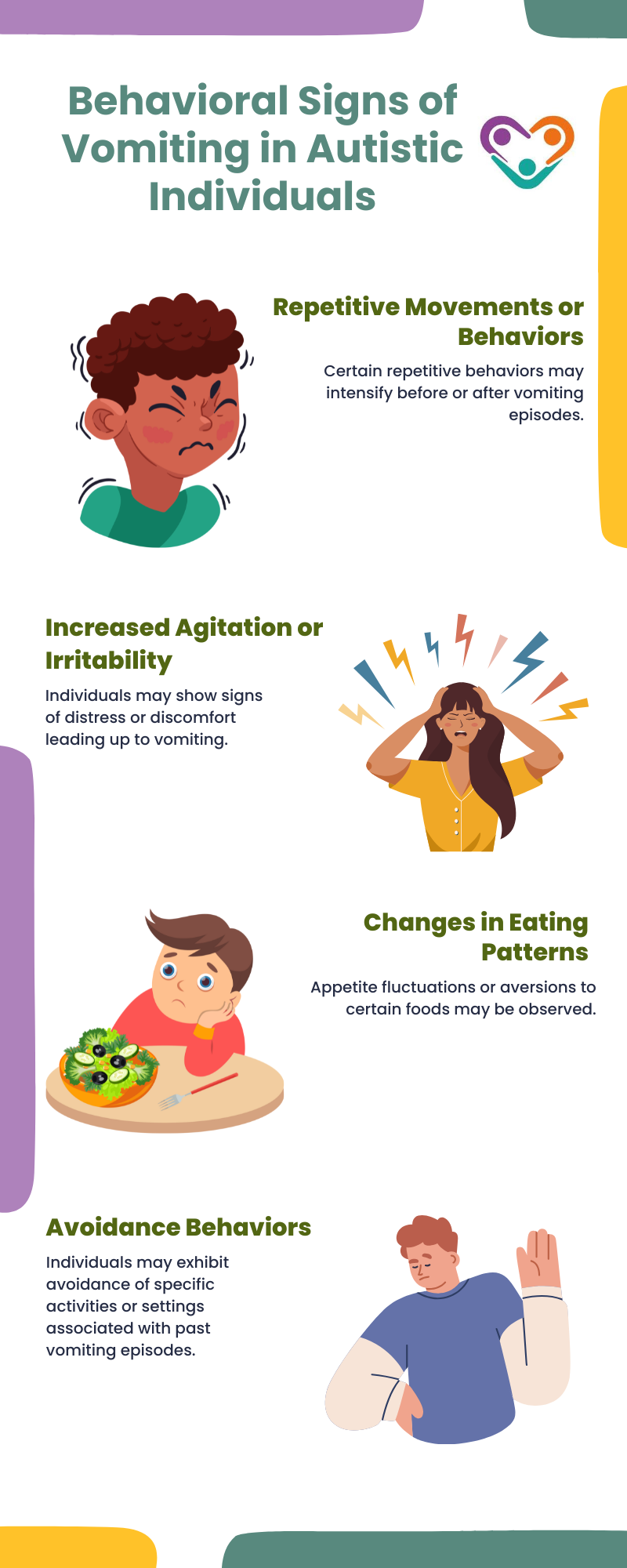The surprising strengths often seen by an experienced Autism Therapist
The surprising strengths often seen by an experienced Autism Therapist
Blog Article
Recognizing the Impact of Behavioral Autism on Daily Life and Social Interactions
You may not realize how deeply behavioral autism impacts day-to-day life and social interactions. Individuals on the range commonly navigate a globe loaded with interaction difficulties and sensory overload. These obstacles can bring about aggravation and isolation, influencing their partnerships and overall well-being. Recognizing these subtleties is crucial for fostering encouraging atmospheres. What strategies can we implement to develop even more comprehensive areas and significant links? The answers might surprise you.
Defining Behavior Autism and Its Qualities
Behavior autism, often referred to as autism range problem (ASD), includes a variety of problems defined by obstacles in social communication, interaction, and repetitive actions. You might see that individuals with ASD typically struggle to translate social signs, which can lead to misconceptions in conversations. They might locate it tough to develop eye contact or take part in small talk, making social situations really feel overwhelming.
Interaction difficulties can show up in different means, from delayed speech growth to a preference for making use of fewer words. By identifying these attributes, you can promote an environment that promotes acceptance and urges reliable interaction, helping individuals with autism flourish in their everyday communications.
The Spectrum of Autism: Understanding Variability in Behavior
Autism spectrum condition (ASD) isn't a one-size-fits-all medical diagnosis; it varies extensively amongst individuals. You may discover that some people with ASD exhibit light symptoms, while others might encounter a lot more substantial difficulties. This variability can materialize in behaviors, passions, and sensory sensitivities. You may experience people that are extremely spoken and involve conveniently in discussions, while others may choose singular tasks or communicate non-verbally.
Additionally, the way individuals with ASD reply to sensory input can differ significantly; some could be overwhelmed by intense lights or loud noises, whereas others prosper in stimulating environments. The spectrum also consists of distinctions in social communications; some individuals might struggle to translate social signs, while others browse social settings with relative ease. Comprehending this irregularity is vital, as it helps you appreciate each person's unique experience and dressmaker support to their certain needs, cultivating a more comprehensive environment for everybody.
Communication Challenges Dealt With by Individuals With Autism
When you interact with individuals on the autism range, you might discover their distinct interaction challenges. They often encounter troubles with both nonverbal and verbal cues, which can affect their social communications. Recognizing these barriers is necessary for fostering far better connections and support.

Verbal Communication Difficulties
Several individuals on the autism spectrum experience spoken interaction problems that can considerably influence their day-to-day interactions. Your quantity, tone, or speed may not align with social assumptions, triggering others to misinterpret your intentions. Recognizing these difficulties can assist you and your support network create methods to boost communication and promote far better links with others in your day-to-day life.
Nonverbal Interaction Barriers
Spoken communication isn't the only obstacle individuals on the autism spectrum face; nonverbal communication barriers can be simply as substantial. These obstacles can lead to misconceptions or misconceptions of social cues, making communications feel overwhelming or confusing. By attending to nonverbal interaction, you can discover approaches to enhance your social experiences and enhance your general high quality of life.
Social Communication Impacts
Social communications can often really feel overwhelming due to the unique interaction difficulties encountered by individuals with autism. You may battle with analyzing social hints, making it difficult to comprehend mockery or body movement. This can bring about misconceptions or awkward moments in discussions. Furthermore, starting and preserving conversations may feel challenging, triggering anxiety in social scenarios. You may like organized environments, making spontaneous interactions awkward. It's additionally usual to experience trouble in taking part in little talk, which can hinder forming new friendships. Recognizing these obstacles can assist you find strategies to improve interaction, such as practicing social abilities in safe settings or making use of visual help - Autism Therapist. Comprehending your requirements permits you to browse social communications with better self-confidence and simplicity.
Social Interaction and Relationship Structure in Autism
While building connections can be testing for individuals with autism, comprehending their special point of views and interaction styles can promote purposeful links. You might see that lots of people on the spectrum choose straight interaction and may deal with social cues or tiny talk. By being uncomplicated in your interactions, you can help develop an environment where they really feel comfy.
Engaging in shared rate of interests can likewise offer as a bridge to deeper connections. Whether it's a leisure activity, a favorite program, or a shared passion, these usual strings can open up doors to relationship.
Every Day Life Routine: Browsing Strategies and obstacles
Maneuvering day-to-day live routines can be specifically testing for individuals with autism, particularly when unforeseen adjustments occur. You may locate convenience in having an organized timetable, as it aids you expect what's following. When disruptions take place, it's normal to feel distressed or overwhelmed. To browse these difficulties, think about implementing visual timetables or lists. These tools can supply clarity and reassurance.
Establishing a routine that consists of sensory breaks can additionally be beneficial. You can prepare brief breaks throughout your day to charge. It's important to communicate with those around you, letting them recognize your preferences and demands. This aids more info here produce an understanding atmosphere.
Lastly, technique mindfulness strategies to manage tension and anxiety. Simple breathing workouts or basing methods can make a significant difference. By including these approaches, you can improve your daily routine and decrease interruptions, making life really feel extra workable.
Toughness and Abilities of People on the Autism Range
Comprehending daily life routines is simply one facet of the autism experience. Many people on the autism range possess remarkable strengths and capabilities click reference that set them apart.
Furthermore, your memory skills typically shine, particularly in areas of interest. Autism Behavioral Therapy. This flair for retaining information can make you a beneficial source in areas like modern technology, art, or scientific research. You may also show solid aesthetic reasoning, allowing you to picture complicated ideas and address issues creatively
Furthermore, your unique point of view on the world can foster compassion and understanding in others, improving social interactions. Accepting these strengths not just improves your self-confidence yet likewise helps others value the diverse talents you offer the table.
Producing Inclusive Atmospheres for People With Autism
Developing comprehensive atmospheres for individuals with autism starts with designing sensory-friendly rooms that satisfy their unique requirements. You can also promote opportunities for social interaction, assisting to develop links and friendships. By making these changes, you'll add to a more welcoming ambience for every person.
Designing Sensory-Friendly Spaces
While creating sensory-friendly rooms, it's essential to show on the unique needs of individuals with autism. Start by selecting relaxing colors and soft lights to create a relaxing setting. When bewildered, integrate peaceful zones where people can pull away and recharge. You'll want to decrease loud noises and distractions, utilizing soundproof materials or white sound machines to aid maintain serenity. Take into consideration tactile elements like soft materials or fidget-friendly objects that can offer comfort. Determine that areas are flexible, permitting simple rearrangement to fit various tasks. Include aesthetic timetables or clear signage to help people navigate the room with confidence. By thoughtfully incorporating these elements, you can create an inviting atmosphere that sustains sensory demands and advertises general well-being.
Promoting Social Interaction Opportunities
Designing sensory-friendly rooms not just addresses individual convenience yet also establishes the phase for purposeful social communications among people with autism. To promote these communications, produce inclusive settings that invite visit their website involvement. Organize organized tasks, like art courses or team video games, that encourage collaboration without frustrating sensory input. Usage visual aids and clear interaction to aid every person engage comfortably. Encourage peer mentoring, combining individuals with autism with encouraging peers that can lead them via social circumstances. Additionally, take into consideration organizing routine community events that commemorate neurodiversity, promoting acceptance and understanding among all individuals. By applying these methods, you can boost social possibilities, helping individuals with autism build relationships and reinforce their social abilities in a safe, welcoming environment.

Often Asked Concerns
How Can Buddies Assistance Somebody With Behavioral Autism?
You can sustain a friend with behavioral autism by being patient, listening proactively, and appreciating their boundaries. Involve in tasks they take pleasure in, connect freely, and develop a comfortable environment where they feel valued and understood.
What Resources Are Readily Available for Parents of Children With Autism?
You can explore different sources for parents of youngsters with autism, consisting of support system, instructional websites, and regional social work. Attaching with other parents can also offer useful insights and shared experiences to aid navigate difficulties.
Can Behavioral Autism Modification Over Time?

Yes, behavior autism can change in time. You could notice changes in interaction, social abilities, and behavior as your child expands. Early treatment and assistance usually play vital roles in these developing changes.
How Do Sensory Sensitivities Affect Day-to-day Live?
Sensory level of sensitivities can make everyday experiences overwhelming. You could battle with loud noises or intense lights, causing stress or evasion. Locating atmospheres that fit your needs can substantially boost your comfort and general every day life.
What Prevail Misconceptions Concerning Behavioral Autism?
You may believe behavioral autism only impacts communication abilities, however it's more complex. Numerous assume people do not have compassion or intelligence, which isn't real. Recognizing these false impressions aids foster acceptance and support for those on the range.
Behavior autism, frequently referred to as autism spectrum disorder (ASD), includes a variety of problems defined by obstacles in social communication, communication, and repetitive habits.Social communications can typically feel frustrating due to the unique interaction obstacles faced by individuals with autism.Creating sensory-friendly spaces not just addresses private convenience however additionally establishes the stage for meaningful social communications amongst individuals with autism. Urge peer mentoring, coupling people with autism with helpful peers who can direct them with social situations. By implementing these strategies, you can enhance social opportunities, assisting individuals with autism construct friendships and enhance their social abilities in a safe, welcoming environment.
Report this page